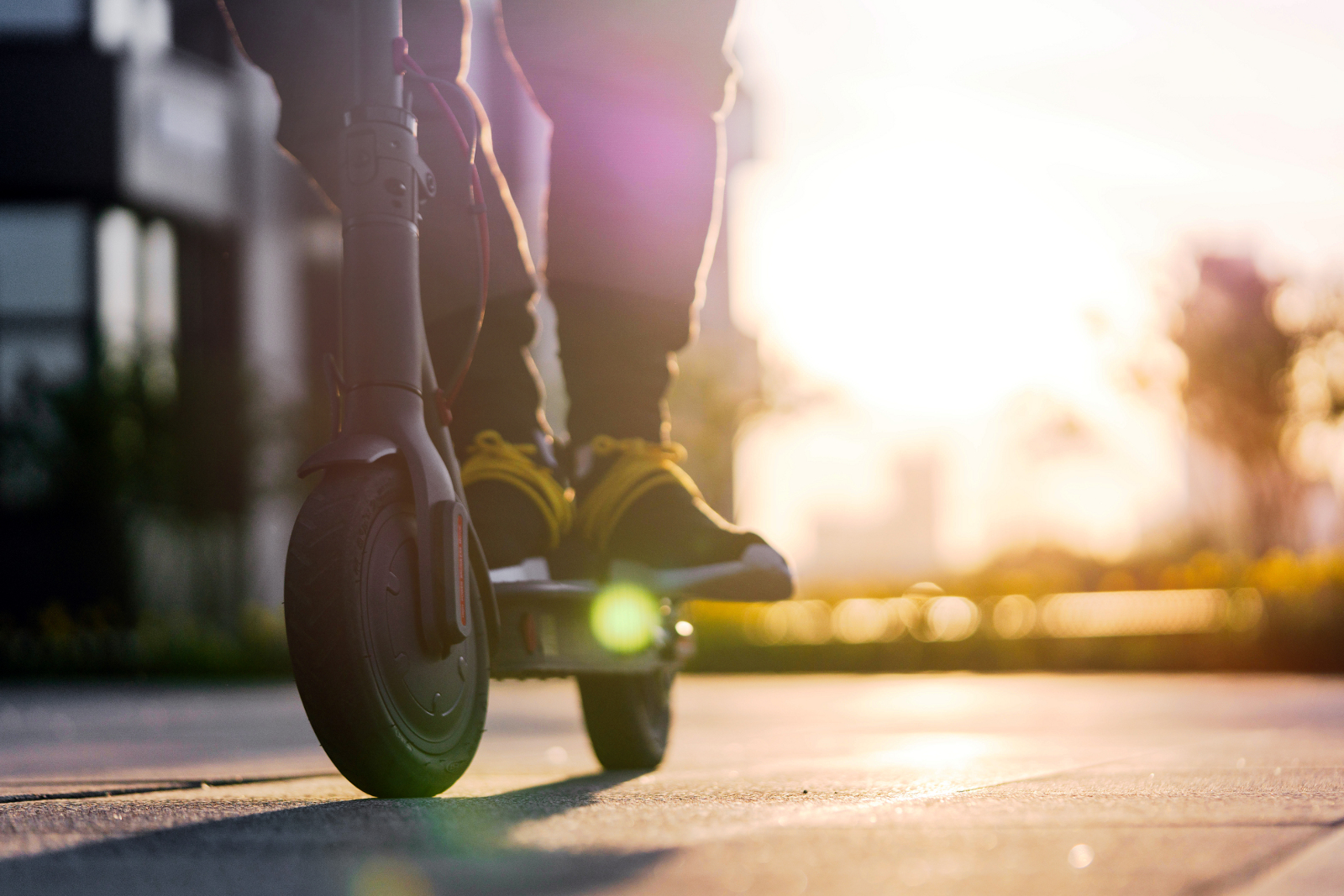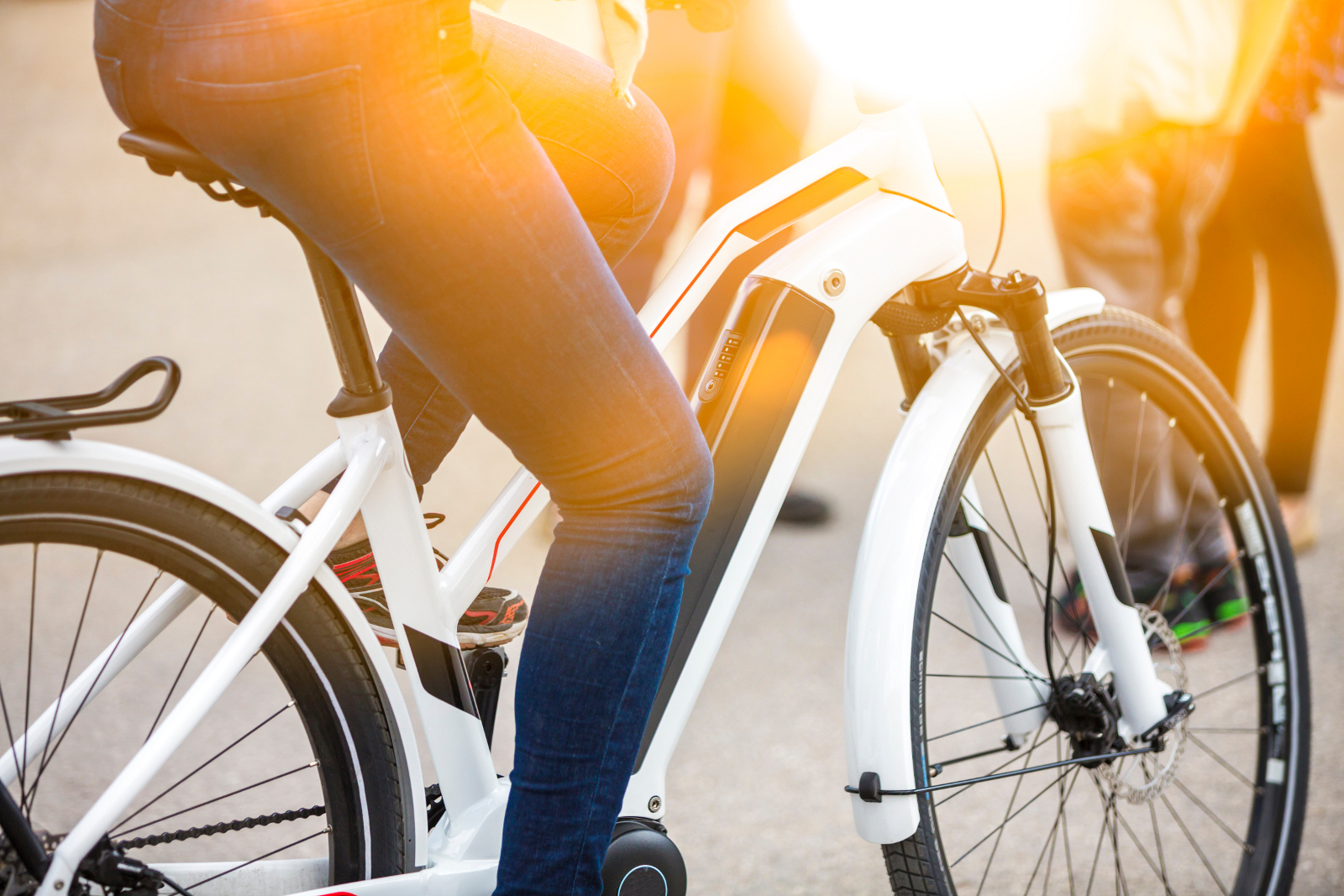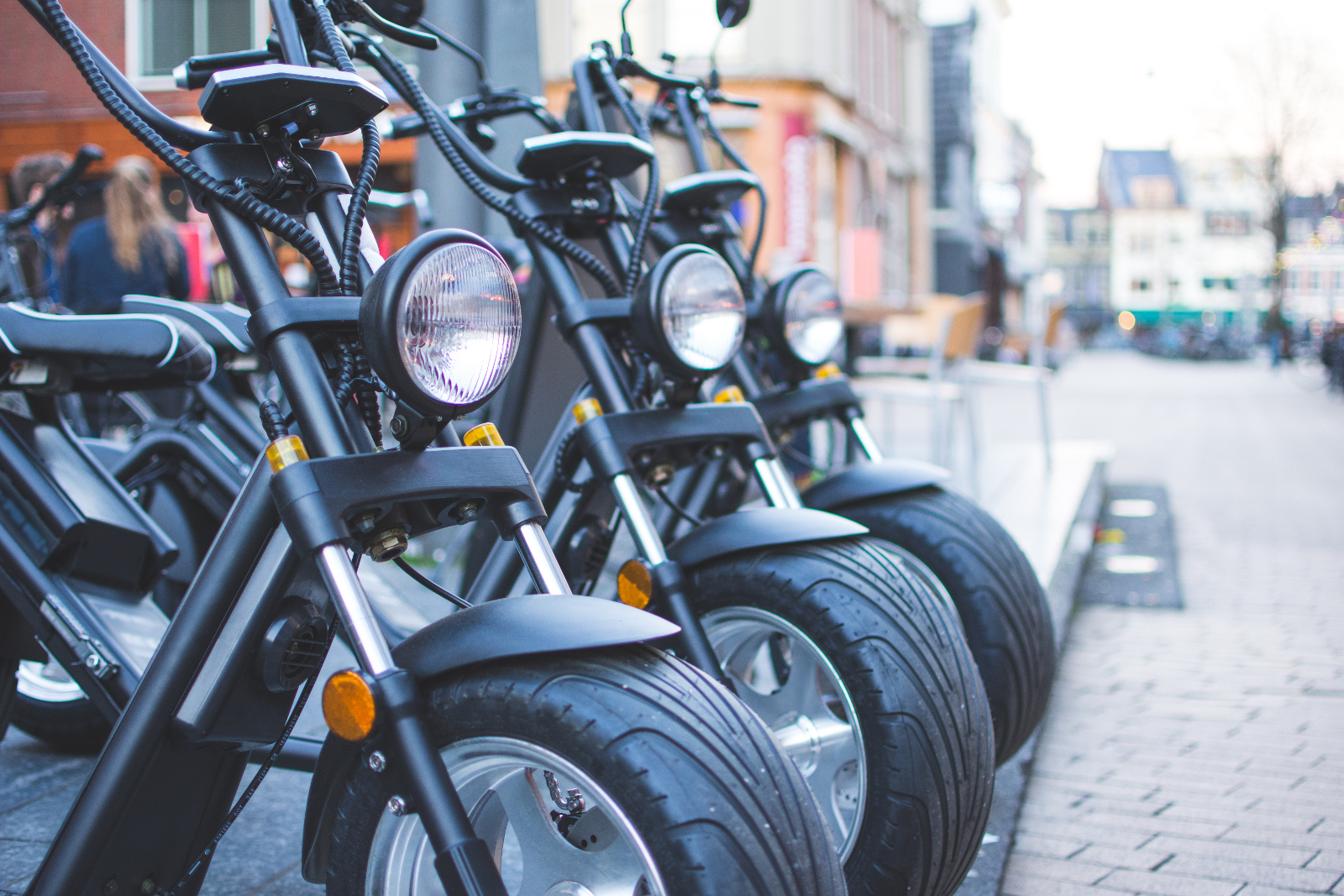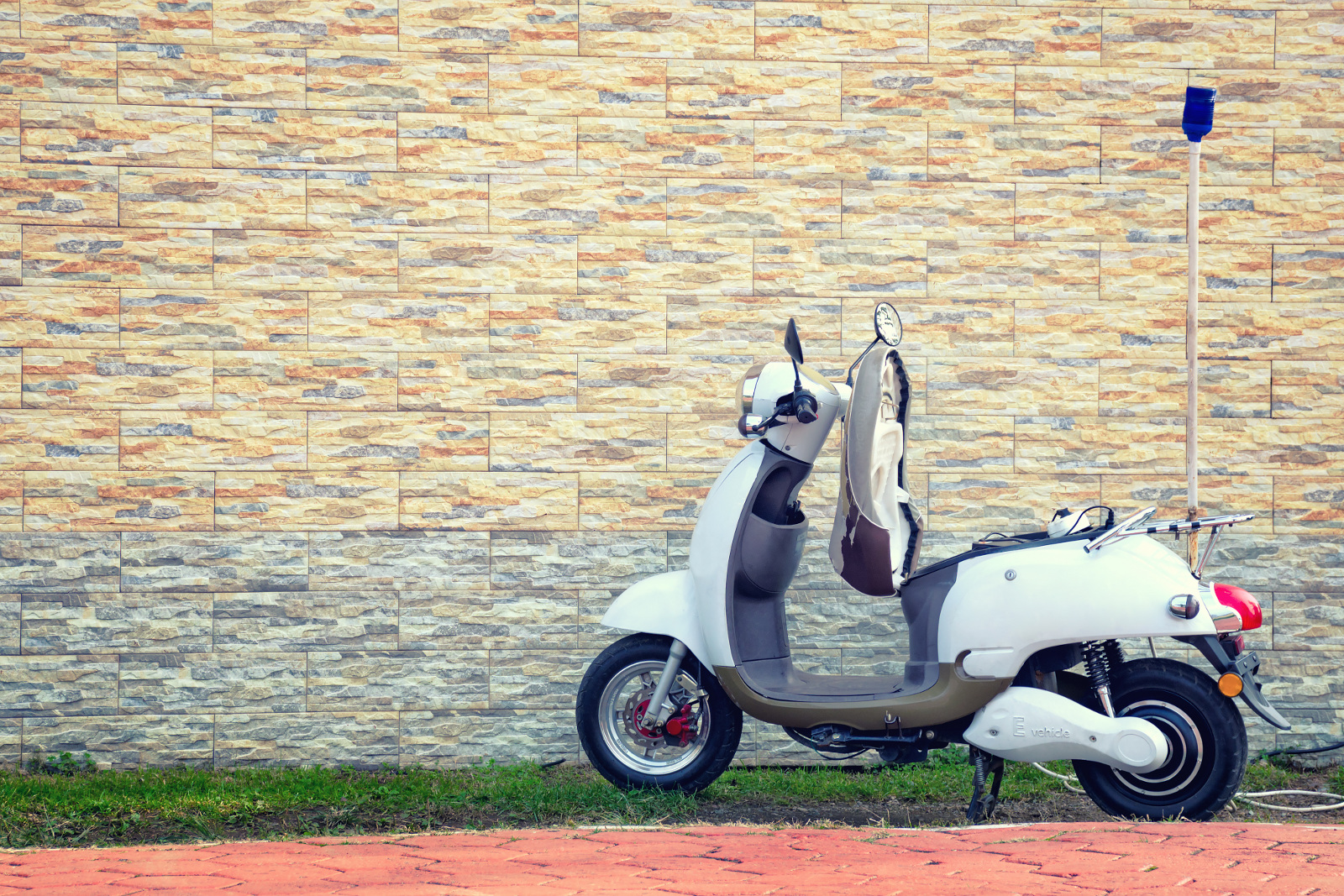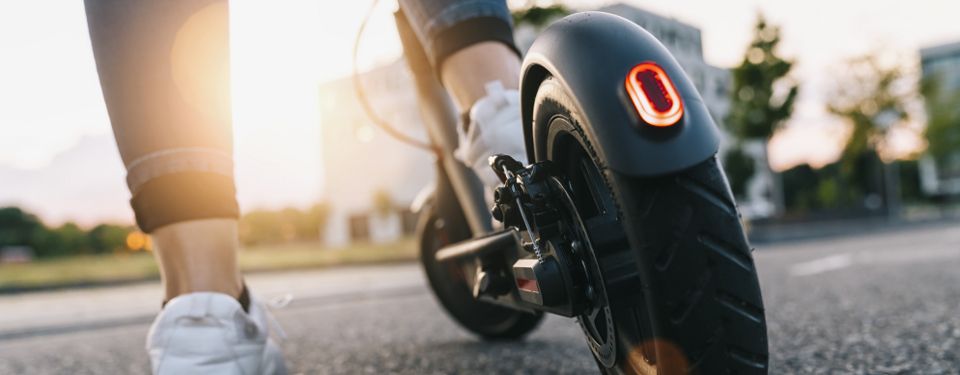
There are a multitude of human-propelled, motorised or assisted means of transport. These means of transport come under different categories in the Luxembourg Highway Code, for example: "personal mobility device", "cycle", "electric micro-vehicle", "power-assisted pedal cycle", "electric bike" and "moped". Accordingly, the rules and provisions applicable to the equipment and its use for the different means of transport are generally defined by their particular category.
Device/vehicle |
Definition (Art. 2)
|
Age restrictions and traffic rules |
"Pedestrians" category
Personal mobility device |
A small, non-electric wheeled device that is attached to the feet or includes a footboard, with or without an upright steering handle, used to transport an individual, as well as any wheeled device, electric or not, that can be used by a child and with a maximum design speed not exceeding 6 km/h.
E.g. skateboards, roller blades, small electric vehicles for children, etc. |
|
"Cycle" category
Cycle |
A vehicle with at least two wheels propelled exclusively by the muscle power of the person(s) on the vehicle, in particular by pedals or hand cranks. |
Alcohol limit: < 0.5‰ Vehicles in the "cycle" category ridden on public roads must be fitted with certain mandatory items.
Regulations concerning age:
Normally, users of "cycles" are allowed to ride side-by-side (maximum 2 bikes). However, in the following situations, users of a "cycle" must move into single file:
The mandatory lights required on electric micro-vehicles are different to those on a cycle:
An electric bike is categorised like a cycle as far as the equipment and behaviour required are concerned, with the exception of the minimum age, which is set at 10 years. "Electric scooters" with motors between 250w and 500w are considered as electric bikes. |
Electric micro-vehicle |
Small road vehicle with at least one wheel, with or without a seat, designed to transport a single person:
E.g. electric scooter, hoverboard, etc. |
|
Power-assisted pedal cycle |
Road vehicle with at least 2 wheels jointly propelled by the muscle power of the person or persons on the vehicle and the power supplied by an auxiliary electric motor, of which the:
|
|
Electric bike |
Road vehicle with at least 2 wheels, with or without a seat:
E.g. Segway, e-scooter, etc. |
"Moped" category
Mopeds |
Self-propelled vehicle with 2 or 3 wheels, of which the maximum design speed does not exceed 45 km/h and which is equipped with:
Depending on whether it has 2 or 3 wheels, a moped is classed as an L1 or L2 vehicle and requires an AM driving licence. Examples: S-pedelec (pedelec 45), e-scooter, etc. |
|




